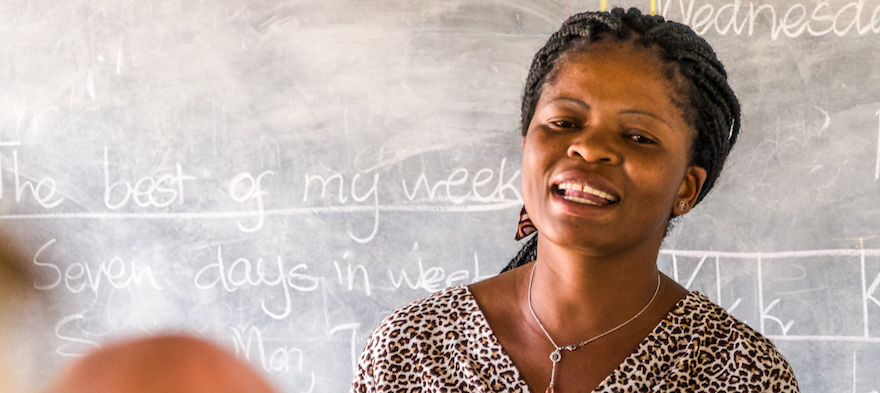

Inger H. Swimpson is an equity specialist with Montgomery County Public Schools (Maryland) and has served in several capacities and offices within the district. She served as a director in the Office of Human Resources and Development and Organizational Development for a number of years overseeing our higher education partnerships, certification, staffing and induction.
The fight for educational equity has never been just about schools. The real North Star for this work is providing opportunities for each child to thrive into adulthood. This means that our advocacy...
Your donation will support the work we do at brightbeam to shine a light on the voices who challenge decision makers to provide the learning opportunities all children need to thrive.
Ed Post is the flagship website platform of brightbeam, a 501(c3) network of education activists and influencers demanding a better education and a brighter future for every child.
© 2020–2024 brightbeam. All rights reserved.